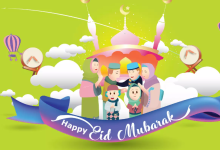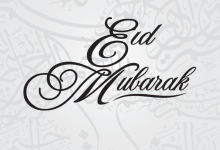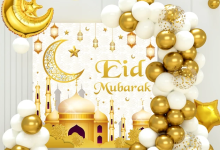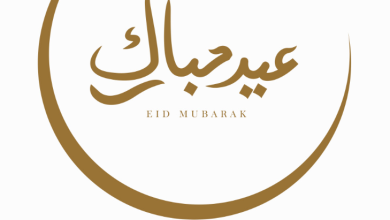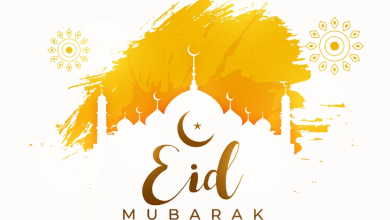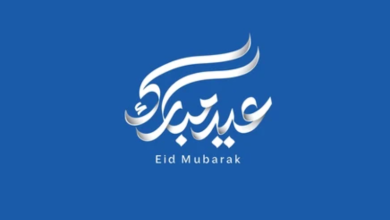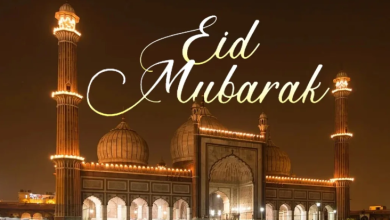Eid Mubarak reply in English | Eid Ul Adha 2024 Reply Message
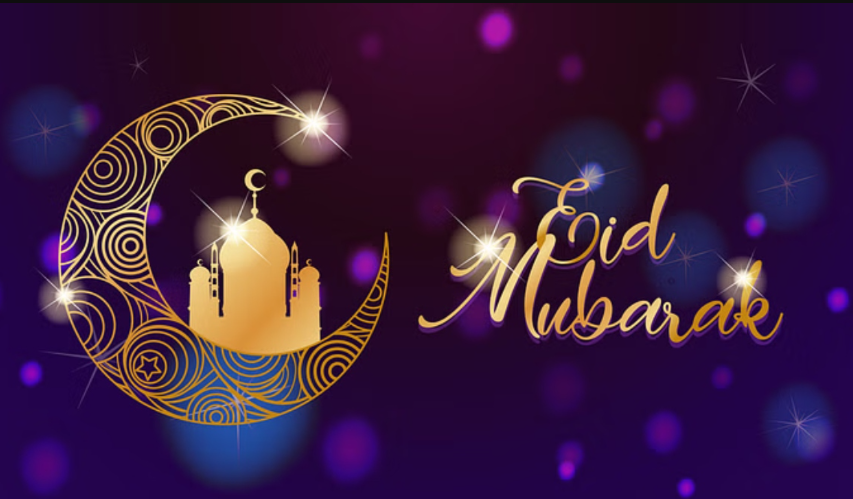
Eid al-Fitr, a joyous occasion for Muslims worldwide, marks the end of Ramadan, a month of fasting, prayer, and reflection. The universal greeting “Eid Mubarak” conveys warm wishes and blessings to friends, family, and fellow Muslims. But what does it mean to reply with “Eid Mubarak” in English? Why is it significant, and how can we convey this sentiment effectively?
In this blog post, we will explore the importance of replying with “Eid Mubarak” in English, especially for non-Arabic speakers and the global Muslim community. We will also discuss the nuances of different variations of the greeting, provide practical tips for crafting personalized responses, and examine the role of technology and social media in spreading Eid greetings. By the end of this post, you’ll have a deeper understanding of how to foster inclusivity and maintain cultural connections during Eid celebrations.
The Significance of Eid al-Fitr
Eid al-Fitr, also known as the “Festival of Breaking the Fast,” is one of the most important holidays in the Islamic calendar. It signifies the end of Ramadan, a month dedicated to fasting, prayer, self-discipline, and charity. For Muslims, Eid al-Fitr is a time of celebration, gratitude, and coming together with loved ones.
The day begins with a special prayer called Salat al-Eid, followed by communal gatherings, feasting, and the exchange of gifts. It’s a time to seek forgiveness, express gratitude for the blessings received, and reinforce bonds within the community. The greeting “Eid Mubarak,” meaning “Blessed Eid,” is a way to convey these sentiments and share the joy of the occasion.
Why Replying with “Eid Mubarak” in English Matters
For many Muslims, particularly those living in non-Arabic-speaking countries, replying with “Eid Mubarak” in English holds special significance. It allows individuals to connect with their cultural roots while making the greeting accessible to a broader audience. In a world where the Muslim community is diverse and widespread, using English as a bridge language helps ensure that the message of goodwill reaches everyone.
Replying in English also fosters inclusivity and understanding among people of different backgrounds. It allows non-Muslims to participate in the celebrations and show respect for the cultural and religious practices of their Muslim friends and neighbours. By using a common language, we can build bridges of empathy and mutual respect.
- “Eid al-Adha Mubarak! May your faith be rewarded with divine blessings and your home filled with peace and prosperity. Happy Eid-ul-Adha!”
- “On this sacred day of sacrifice, may your heart be filled with the spirit of compassion and your actions be guided by love. Happy Eid al-Adha!”
- “As we celebrate the obedience of Prophet Ibrahim (AS), may we too find the strength to follow our convictions. Wishing you a blessed Eid al-Adha!”
The Nuances of Eid Greetings
While “Eid Mubarak” is the most commonly used greeting, there are variations that people use depending on the context and region. For instance, “Happy Eid” is a straightforward and widely understood way to convey good wishes. It’s particularly useful for non-Muslims who want to join in the celebrations without using Arabic phrases they may not be familiar with.
Other variations include “Eid Sa’id” (Happy Eid) and “Kul ‘am wa antum bi khayr” (May you be well throughout the year). These expressions add a personal touch and can be used to convey specific sentiments. Understanding the nuances of these greetings can help you choose the most appropriate one for different situations.
Practical Tips for Replying to “Eid Mubarak” Messages
Crafting thoughtful replies to “Eid Mubarak” messages can make the greeting more meaningful. Here are some practical tips to help you respond with sincerity and warmth:
- Personalize Your Response:
Address the person by their name and add a personal touch to your reply. For example, “Eid Mubarak, Sarah! May your day be filled with joy and blessings.”
- Express Gratitude:
Show appreciation for the greeting and the sentiment behind it. A simple “Thank you for your kind wishes” goes a long way in making the exchange heartfelt.
- Share Well-Wishes:
Extend your good wishes to the sender and their family. For instance, “Wishing you and your family a blessed Eid filled with happiness and peace.”
- Include a Positive Message:
Adding a positive note or a blessing can enhance the impact of your reply. For example, “May this Eid bring you closer to your aspirations and dreams.”
- Be Mindful of Tone:
Ensure your reply is respectful and considerate. The tone should reflect the spirit of Eid, which is one of joy, unity, and compassion.
The Role of Technology and Social Media
In today’s digital age, technology and social media play a significant role in spreading Eid greetings. Platforms like WhatsApp, Facebook, Instagram, and Twitter allow people to connect instantly, regardless of geographical boundaries. This ease of communication has made it possible for Eid greetings to reach a global audience within seconds.
Social media also provides a platform for sharing Eid experiences, photos, and messages, creating a sense of community among users. Hashtags like #EidMubarak and #HappyEid trend during the festival, amplifying the reach of the greetings and bringing people together in celebration.
Apps and online tools offer creative ways to send personalized Eid messages, such as digital cards, GIFs, and videos. These digital innovations add a modern twist to traditional greetings, making them more engaging and visually appealing.
Replying with “Eid Mubarak” in English is more than just a translation—it’s a way to connect, include, and celebrate with a diverse and global community. By understanding the significance of this greeting, exploring its variations, and using practical tips to craft thoughtful replies, we can make our Eid greetings more meaningful and impactful.

